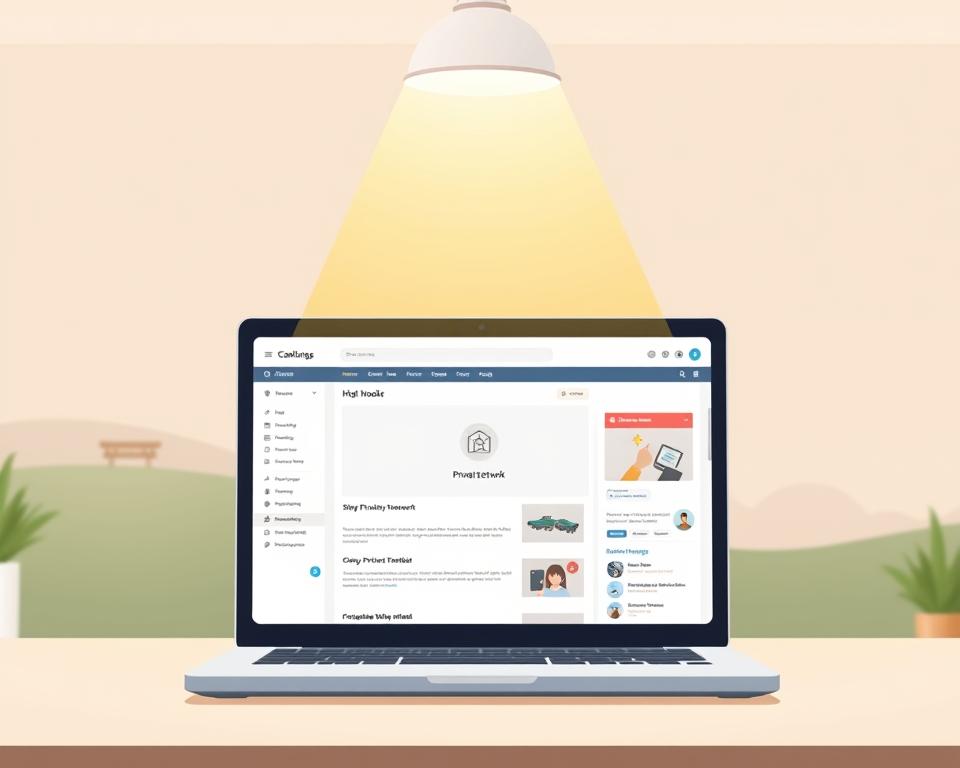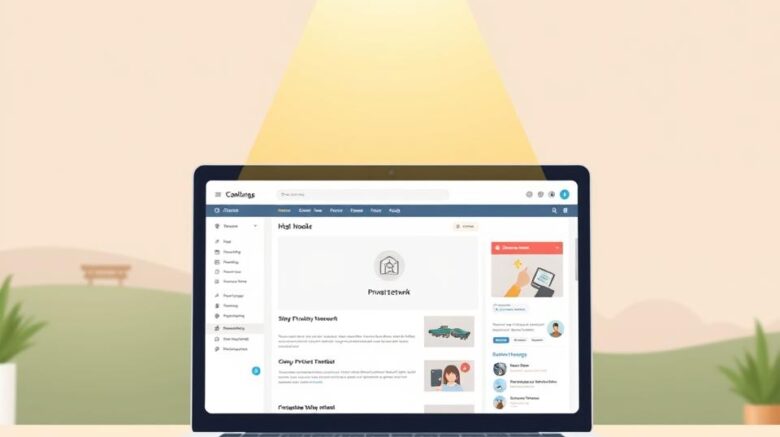Private Blog Network Link Insights
Did you realize almost 60% of SEO experts have employed PBN links? The appeal of a Private Blog Network (PBN) is its power to boost a website’s authority. This can lead to better rankings in search engines. However, what exactly is meant by PBN within SEO? It might seem like a quick way to climb the ranks, yet using PBN SEO services poses significant risks. These include severe penalties from Google. We’ll unpack what guest blogging sites are and why so many SEOs can’t resist them.
PBN Explained
Essentially, a PBN is a cluster of blogs designed to funnel link juice to a primary domain. It works by sending SEO value via backlinks from secondary sites to your core site. Often these networks rely on expired domains that still hold some mojo, crafting a veneer of legitimacy.
A PBN’s intent is straightforward. Site owners use them to improve their online presence. They do this by:
- Getting valuable backlinks to enhance rankings.
- Dictating anchor text and placement for optimal relevance.
- Building a network of sites that link to each other naturally.

Behind the Scenes of PBN Links
They function by simulating organic endorsements through private blog network backlinks. By funneling link juice from a PBN site, you trick search engines into boosting your site’s authority.
The process involves carefully chosen keywords and domains within a network of blogs. Rapid uplift comes hand in hand with steep penalty prospects.
To be effective, backlinks must appear natural, with relevant content around them.
The Advantages of Using Private Blog Networks
The chief allure of PBNs lies in their backlink control. PBNs let you dictate exactly how, where, and when your links appear.
PBN expired domains, often rich in authority, provide a unique opportunity to create strong backlinks.
With PBNs, you can tailor anchor text strategy to pinpoint exact keywords.
PBN Pitfalls
PBNs carry significant risks that every SEO strategist must weigh. Google’s crackdown makes PBN usage a high-stakes gamble.
PBN vs. Outreach
Conventional outreach can be slow and uncertain. They eliminate the reliance on third-party permissions.
PBN Management Tips
Avoiding footprints is critical in PBN upkeep. Begin with thorough due diligence when purchasing expired domains.
Spotting PBN Links
Regular backlink audits help unearth PBN footprints.
| Indicators of PBN Links | Description |
|---|---|
| Low-Quality Domains | Links from domains with poor authority or less than optimal rankings. |
| Irrelevant Content | Links embedded in content that does not match your site’s niche. |
| Suspicious Anchor Text | Repetitive or irrelevant anchor text patterns. |
| Thematic Similarity | Lack of a coherent theme among linking pages and domains. |
Using Google’s Disavow Tool
- Identify harmful PBN backlinks through thorough analysis.
- Create a disavow file correctly, listing specific URLs or domains to disavow.
- Upload the disavow file to Google Search Console.
Ethical Link Building Alternatives
Consider guest posting for genuine backlinks.
Myths Surrounding Private Blog Networks
Private Blog Networks (PBNs) are often misunderstood, affecting both new and seasoned SEOs.
Future of Private Blog Networks in SEO
| Factor | PBNs | Future SEO Practices |
|---|---|---|
| Content Quality | Low emphasis on genuine content | High emphasis on high-quality, valuable content |
| Risk Factor | High risk of penalties | Lower risk with authentic practices |
| User Engagement | Limited engagement | Enhanced user interaction and loyalty |
| Sustainability | Unsustainable in the long term | Focus on sustainable growth |
Bringing It All Together
Yet, the ethical and practical risks are substantial.
